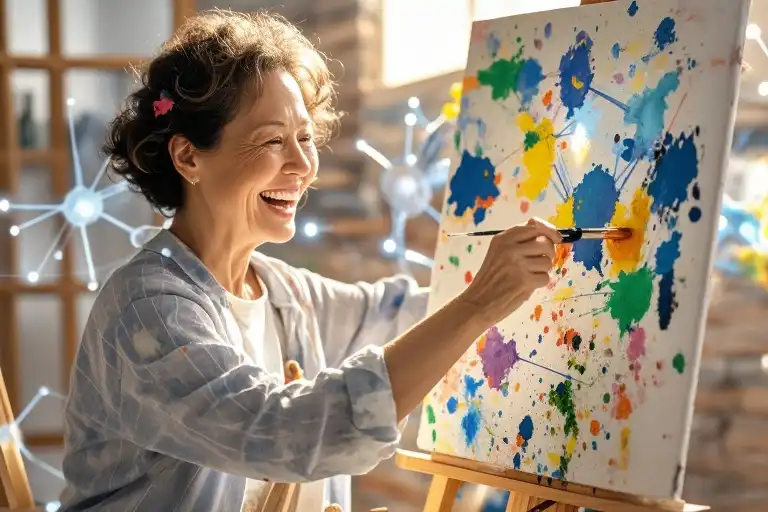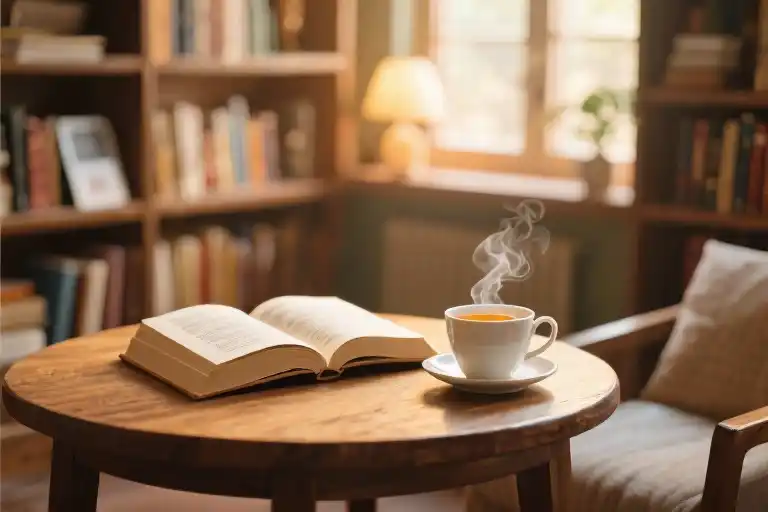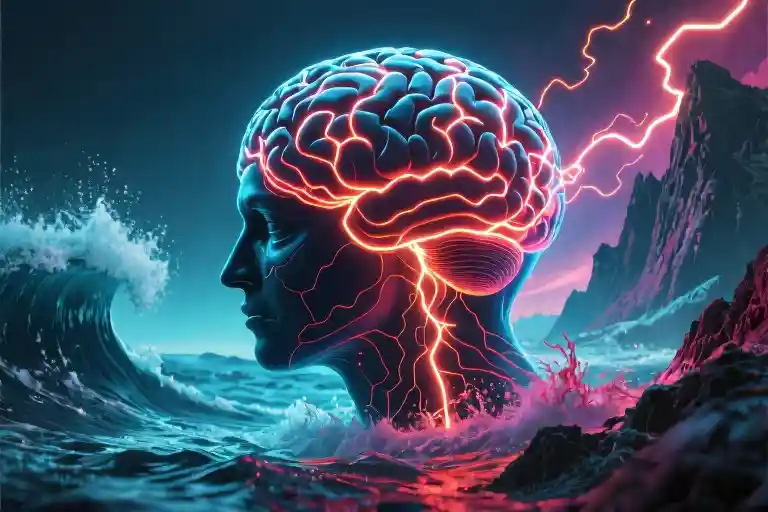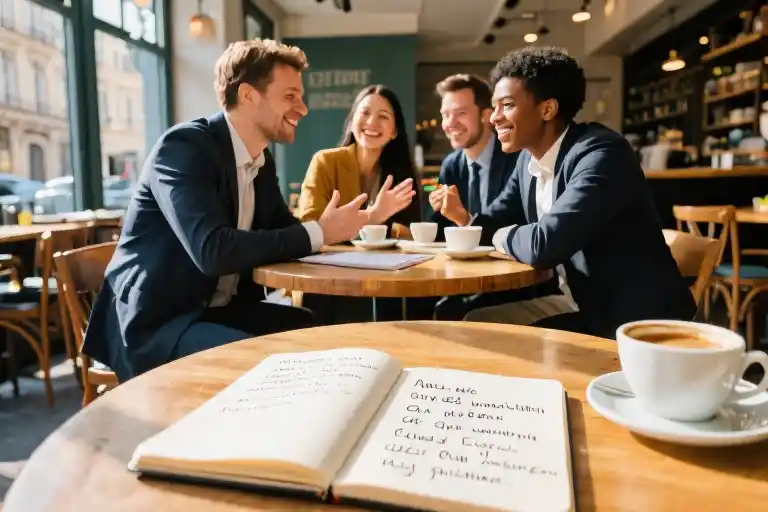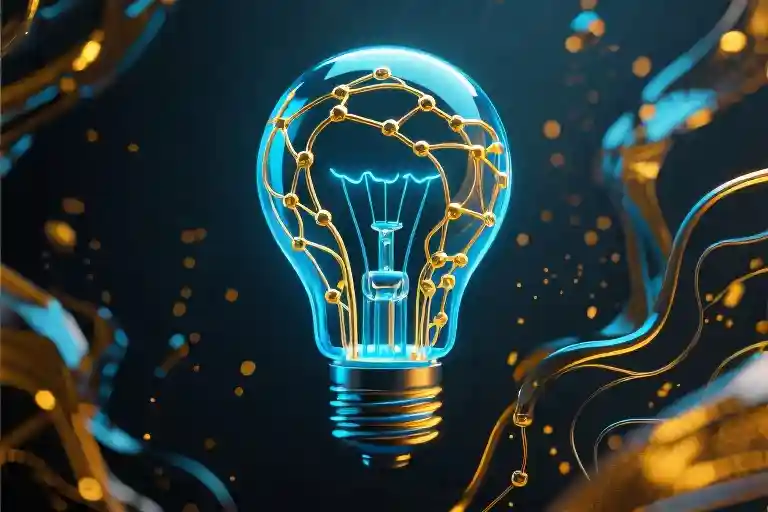The first brushstroke always feels like jumping off a cliff. I should know—last month, I stood frozen before a blank canvas at 3 AM, clutching a paintbrush like it might electrocute me. “What if it’s terrible?” my inner critic hissed. Then I remembered Pablo Picasso’s paradoxical wisdom: “Every act of creation is first an act of destruction.” He wasn’t talking about smashing easels, but about dismantling the invisible walls we build around our potential.
Let me confess: I spent three decades believing creativity had an expiration date. Like 68% of adults in Gallup’s 2023 survey, I’d buried my artistic impulses under career ladders and grocery lists. My watercolor set gathered dust while I crafted PowerPoint slides, mistaking productivity for purpose. Then came the pandemic’s great pause—that universal moment when Netflix queues ran dry and existential questions got loud.
From Corporate Cubicle to Colorful Chaos
Rewind to my 20s: I could diagram a business strategy faster than you can say “watercolor wash,” but ask me to paint a simple sunset? Instant sweat. So I did what any self-respecting perfectionist would—declared myself “better suited to words” and locked my art supplies in metaphorical storage. Fast forward through twenty years of boardroom battles, and I found myself staring at a half-finished novel and a soul that felt like overbrewed tea.
The turning point came during a mindfulness app’s guided meditation (ironic, I know). As the instructor chirped about “embracing beginner’s mind,” my fingers twitched with phantom paintbrush motions. That night, I dug out an old sketchpad and made a glorious mess of cerulean blue and cadmium yellow. It looked like a preschooler’s fridge art… and it felt like oxygen.
The Beautiful Science of Imperfect Strokes
Here’s what neuroscience reveals: When we create, our brains throw a chemical party. The anterior cingulate cortex (your inner cheerleader) high-fives the default mode network (your daydreaming maestro), while dopamine serves cocktails all around. Harvard’s 2022 neuroplasticity study found that adults who engage in weekly art-making develop neural pathways comparable to polyglots learning new languages.
But here’s the catch—it only works if you embrace the awkward phase. Like learning to ride a bike at 50 (which I also tried last summer), creative courage means tolerating wobbles. Abstract painting became my laboratory for “controlled failures.” Each canvas became a conversation:
- Week 1: “What if I ruin this expensive paper?”
- Week 3: “Oops, that crimson blob looks like a crime scene…”
- Week 6: “Hey, these accidental textures create depth!”
Your Brain on Brushstrokes: A Survival Kit
- The 5-Minute Rebellion
Set a phone timer. Doodle while coffee brews. Let your morning croissant inspire a quick sketch. These micro-moments bypass perfectionism like a secret backstage pass. - Create Your “Wobble Zone”
Designate a creativity corner where mistakes get confetti, not criticism. Mine features a thrift-store easel and a neon “PROCESS OVER PRODUCT” sign. Pro tip: Wear clothes you wouldn’t mind staining with cadmium red. - Digital Sandbox Play
Can’t stand the mess? Apps like Procreate let you experiment risk-free. I created my first digital abstract series during airport layovers—swiping colors on my iPad like a toddler finger-painting, but with undo buttons!
Silver-Haired Renaissance: When Art Defies Age
Meet Yuko, a 72-year-old former accountant from Osaka. She began oil painting during chemotherapy, discovering that mixing titanium white with burnt sienna soothed her more than any medication. Her first exhibition? A pop-up show at the local onsen (hot spring) that drew tears and TEDx invitations.
Or consider Lars, a Copenhagen fisherman who started woodcarving at 68. His whimsical mermaid sculptures now decorate the city’s harbor, proving creative courage can ripple through communities. These aren’t anomalies—Japan’s “Super Aged Artists” collective and Scandinavia’s folk art revival movements reveal our latent creative potential only deepens with time.
The Liberation in Each Layer
As I write this, seven paintings dry in my garage-turned-studio. Some will end up in friends’ bathrooms; others might graduate to frame-worthy status. But here’s the magic I’ve uncovered: The true masterpiece isn’t the canvas—it’s the rewired neural pathways, the rediscovered playfulness, and the quiet pride in saying “I made this.”
Your creative resurrection might involve pottery wheels, slam poetry, or experimental vegan baking. The medium matters less than the mindset. So let me ask you this: What color is your courage today? Mine happens to be phthalo blue mixed with a dash of beginner’s grit.

